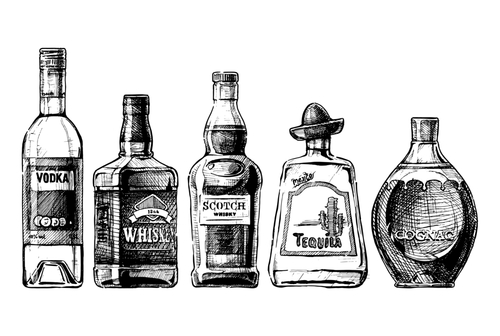
History Behind the Legal Drinking Age
History Behind the Legal Drinking Age
How old are you? Okay, just kidding! We won’t ask you that. But depending on when you were born will make a difference as to how you will read this blog. Still don’t know what we are getting at? We are talking about the change in the legal drinking age today.
If you do not already know, the legal drinking age was not always 21 years old. In fact, up until 1984, the legal drinking age in the United States was 18 years old, which is still what most other countries in the world follow to this day.
So when did this change happen?
The National Minimum Drinking Age Act was signed into law by former president Ronald Reagan on July 17, 1984. Every single state in the United States complied with this law immediately because there was a stipulation attached to it. If a state decided not to implement the new law, they would see a 10% cut in their federal highway funding.
But why did this happen?
After drinking was made legal again with the repeal of prohibition in 1933, the legal federal age to drink was 18. However, many states during that time did raise their drinking age to 21 as they had more power in the say of their own laws. By the 1960s, the majority of states were at 18 years old for a legal drinking age, as many had changed their laws.
Unfortunately, this ushered in a time where drunk driving was rampant throughout the late 1960s and 1970s. Not only had the number of drunk driving accidents dramatically gone up, but there was an uptick in the number of drunk driving related deaths.
This took the country by storm and was considered an issue of public health. Therefore, the Reagan administration found it best to raise the minimum drinking age, with hopes to lower the number of drunk driving related accidents and deaths.
To read more about the history of laws in the US, visit the Van Norman blog!

